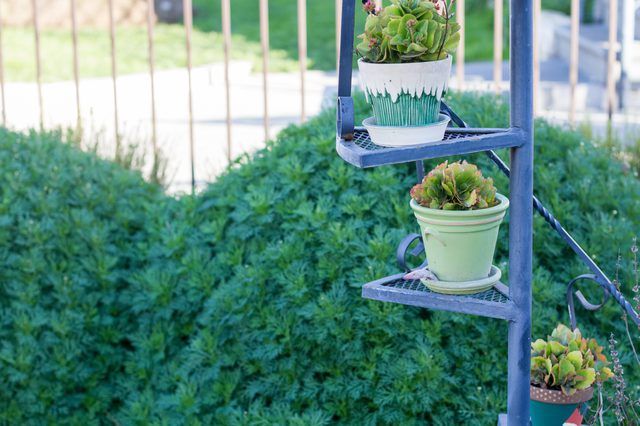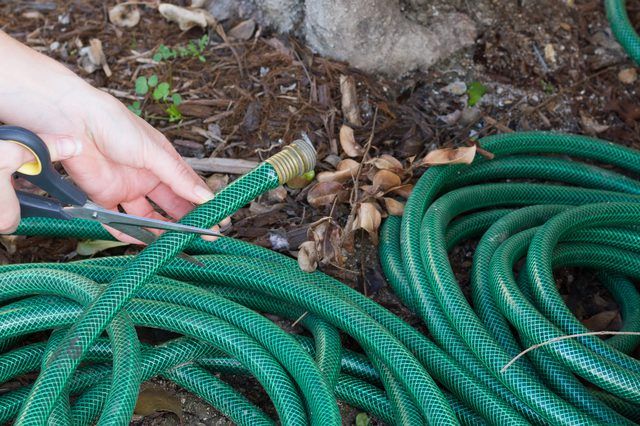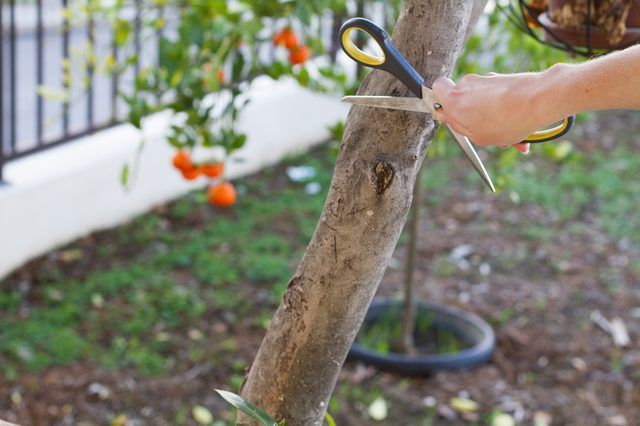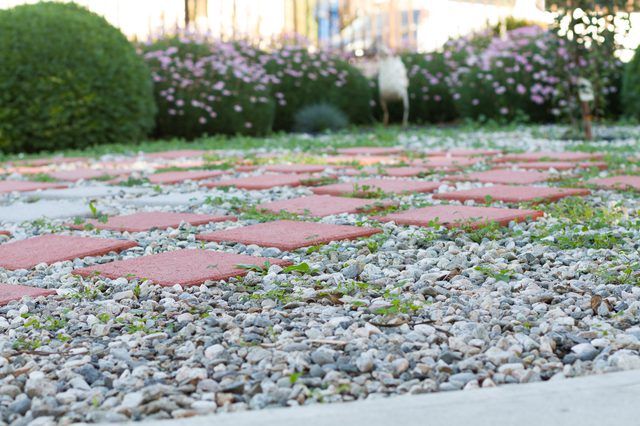Bulbs
Flower Basics
Flower Beds & Specialty Gardens
Flower Garden
Garden Furniture
Garden Gnomes
Garden Seeds
Garden Sheds
Garden Statues
Garden Tools & Supplies
Gardening Basics
Green & Organic
Groundcovers & Vines
Growing Annuals
Growing Basil
Growing Beans
Growing Berries
Growing Blueberries
Growing Cactus
Growing Corn
Growing Cotton
Growing Edibles
Growing Flowers
Growing Garlic
Growing Grapes
Growing Grass
Growing Herbs
Growing Jasmine
Growing Mint
Growing Mushrooms
Orchids
Growing Peanuts
Growing Perennials
Growing Plants
Growing Rosemary
Growing Roses
Growing Strawberries
Growing Sunflowers
Growing Thyme
Growing Tomatoes
Growing Tulips
Growing Vegetables
Herb Basics
Herb Garden
Indoor Growing
Landscaping Basics
Landscaping Patios
Landscaping Plants
Landscaping Shrubs
Landscaping Trees
Landscaping Walks & Pathways
Lawn Basics
Lawn Maintenance
Lawn Mowers
Lawn Ornaments
Lawn Planting
Lawn Tools
Outdoor Growing
Overall Landscape Planning
Pests, Weeds & Problems
Plant Basics
Rock Garden
Rose Garden
Shrubs
Soil
Specialty Gardens
Trees
Vegetable Garden
Yard Maintenance
How to Get Rid of Earwigs
How to Get Rid of Earwigs. For earwigs, your garden means room and board. During the day, the ferocious-looking but basically harmless insects hide beneath mulch, weeds, groundcovers, rocks, flower pots or anything that offers cool, moist protection from the sun. At night, they emerge to dine on plant-damaging aphids and mites, or on your plants...
For earwigs, your garden means room and board. During the day, the ferocious-looking but basically harmless insects hide beneath mulch, weeds, groundcovers, rocks, flower pots or anything that offers cool, moist protection from the sun. At night, they emerge to dine on plant-damaging aphids and mites, or on your plants themselves. Soft fruits such as raspberries, peaches and plums are on the menu, as are corn silks, vegetable seedlings and petunia, marigold, zinnia and dahlia petals and leaves. Earwigs typically ignore insecticidal baits in favor of their preferred foods. To get rid of them, use cultural methods that take advantage of their lifestyle.

To lure earwigs away from your plants, tempt them with stale-beer or bacon-grease traps. Fill several empty cat-food or other low-sided cans with 1/2 inch of the beer or vegetable oil flavored with a dollop of the grease. Bury the cans up to their rims near the earwig's favorite feeding sites. Once they crawl in, they'll drown. Dispose of them in the morning and refill and replace the cans. If you have no bacon grease, substitute soy sauce.

Earwigs aren't glued to a particular daytime hiding place. After a night of feeding, they're happy to take shelter where they find it. Soak an old garden hose or other 1/2- to 1-inch-diameter tubing in water and cut it into 8- to 10-inch lengths. At dusk, set the tubes around your garden and empty the sleeping earwigs into a bucket of soapy water in the morning. Tubes of moistened, rolled newspapers also work, but the rubber ones last longer.

Earwigs feasting on your stone-fruit trees may be sheltering beneath the loose bark of their lower trunks. Scrape it off, then coat a portion of the trunks with a band of petroleum jelly. The insects can't crawl over it to reach the fruit. Put the jelly directly on the bark; if you wrap the trunks with paper first, they’ll crawl under it and continue their climb. To discourage them even more, pick your stone fruits as soon as they ripen. Earwigs infest other types of trees to feed on harmful aphids or bug eggs. Unless they move to other parts of the garden, let them be.

Earwigs are very particular about their habitat. Making your garden inhospitable encourages them to depart for friendlier digs. Decorative gravel or lava rocks make attractive mulches without creating a cool, damp environment. If you use organic mulch, apply it sparingly. Wet conditions encourage infestations, so water your garden only when necessary. Replace ivy and other dense groundcovers with turf that the insects will ignore. Clear out weeds, wood or rock piles, leaf litter or trash. With no place to hide, earwigs aren't likely to stick around.
